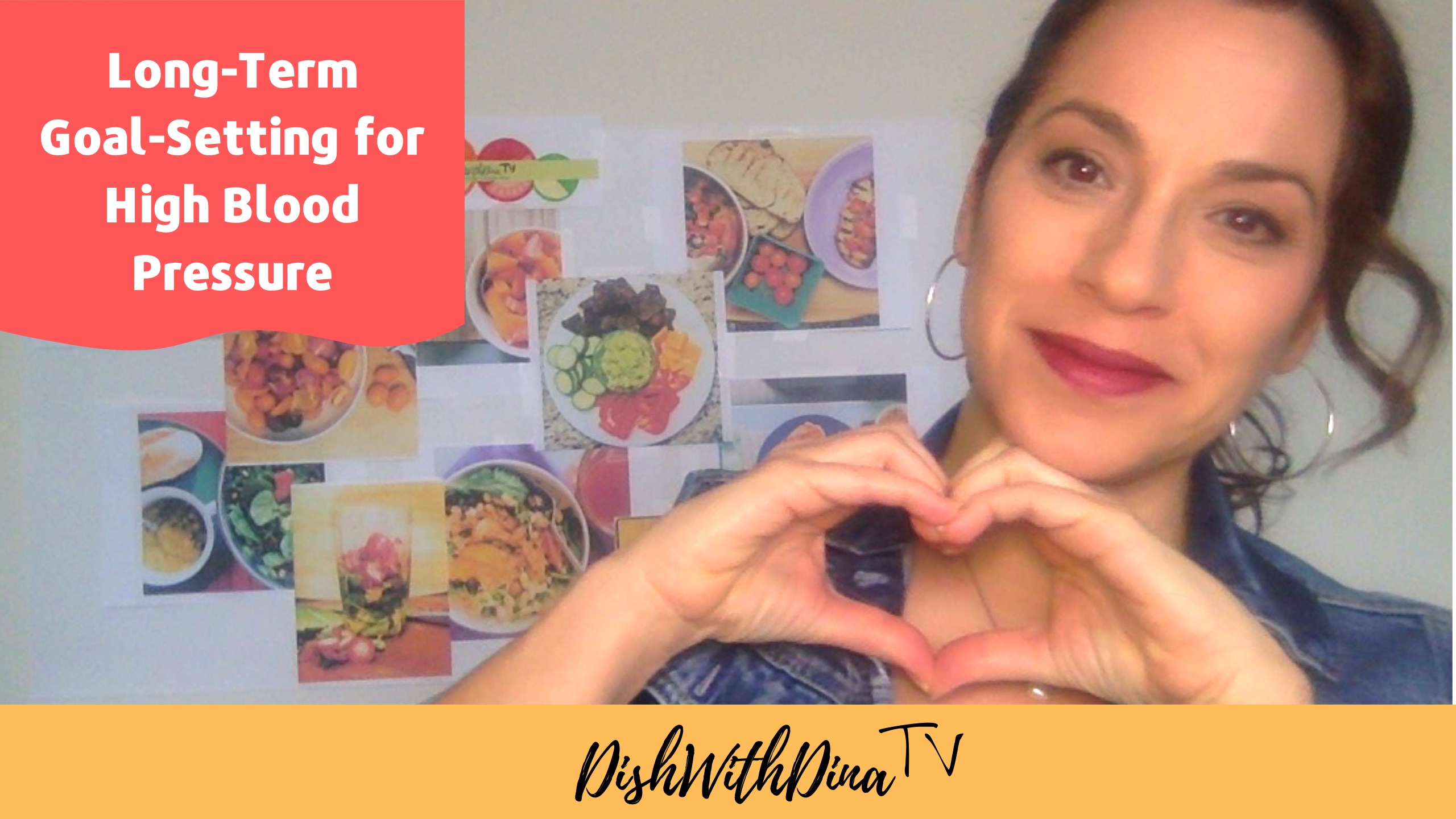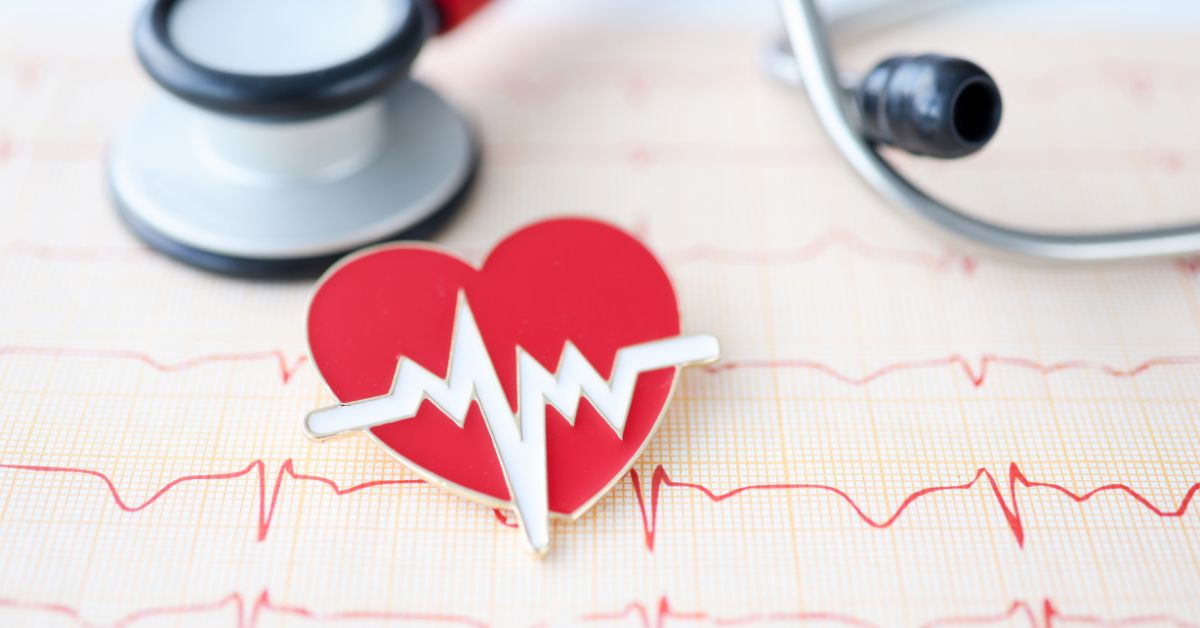February is Heart Health Awareness Month and we’re here to help you take care of your ticker. Considering all of the factors that affect our health, we hope you find these strategies and tips useful and doable.
In the United States, heart disease is a leading cause of death, affecting one person every 33 seconds, with a total of around 695,000 deaths each year [1]. As of 2020, more than 16 million Americans aged 20 and older have coronary heart disease (CHD), the umbrella term given to a variety of conditions that affect the human heart’s structure and function, also known as coronary artery disease (CAD) or ischemic heart disease, which renders our arteries unable to deliver enough oxygen-rich blood to the heart [2].
Risk Factors
Factors such as genetics, diet, physical activity, weight, and smoking influence cholesterol levels and heart health. Eating a diet high in saturated and trans fats can increase LDL cholesterol (explained below), while consuming fiber-rich foods can help lower it. Limiting intake of trans fats found in processed foods, margarine, and some fast foods is crucial for heart health. Dietary cholesterol, found in animal-based foods, has a smaller impact on blood cholesterol levels compared to saturated and trans fats [3]. Significant weight fluctuations may also be a risk factor [4]. Lastly, quitting smoking improves HDL levels (also explained below) and reduces the risk of heart disease.
Cardiovascular-related Conditions
Our hormones are in charge of managing and regulating various systems in our body. Heart diseases can complicate this relationship and manifest as or result in other conditions such as:
- Stroke – when the blood supply to part of the brain is blocked or when a blood vessel in the brain bursts
- Peripheral Vascular Disease (PVD) – a narrowing blockage or spasms in a blood vessel that cause a circulation disorder
- Diabetes – the body’s inability to properly regulate and utilize sugar (carbohydrates)
- Chronic Kidney Disease (CKD) – the gradual loss of kidney function over time, impacting filtration and waste removal processes
- Polycystic Ovary Syndrome (PCOS) – a hormone imbalance in people assigned female at birth that can affect reproduction health
- Hypothyroidism – an underactive thyroid gland that doesn’t produce enough hormones
Blood Pressure
High blood pressure, also known as hypertension, is where the force of blood against the artery walls is consistently too high, increasing the risk of serious health problems. While our blood pressure may fluctuate at various times throughout the day—depending on our exertion levels, food intake, or stress—unmanaged hypertension can be a risk factor for heart disease.
Blood pressure is a topic near and dear to my heart (no pun intended). A few years ago, after having been diagnosed with this condition, I shared my journey with hypertension on Instagram and even wrote a blog post about it.
We also have a whole playlist of self-paced video courses (titled “Taking off the Pressure”) on YouTube to help you manage high blood pressure, a major risk factor in heart health:

Cholesterol
Cholesterol is a type of fat (lipid) that appears in our body as a waxy substance. It is considered a non-essential nutrient, meaning that our body can create it. In our case, cholesterol is made in our liver, but we can also ingest cholesterol found in animal foods—egg yolk, shrimp, beef, pork, poultry, cheese, butter—or foods that are high in trans fat and saturated fat.
There are two primary types of cholesterol: LDL (low-density lipoprotein) often termed “bad” cholesterol and HDL (high-density lipoprotein) known as “good” cholesterol [5]. High levels of LDL cholesterol can build up in the arteries, leading to plaque formation. When you receive a diagnosis of high cholesterol, it’s based on elevated lipid levels in your blood test, usually under the umbrella term of “total cholesterol”. Understanding total cholesterol levels and the ratio between LDL and HDL is crucial for assessing heart health.
When we consume foods high in cholesterol, it forces our liver to make or store more cholesterol, thereby increasing our stores to unhealthy levels (known as hyperlipidemia or hypercholesteremia). High cholesterol causes the buildup of plaque in arteries, restricts blood flow, and increases the risk of cardiovascular problems, such as the ones listed above.
Stress
Chronic stress can affect heart health, so incorporating stress-reduction techniques is beneficial [6]. Over one-third of Americans report living under extreme stress. While stress is the normal physiological response stimulated in our bodies by a perceived threat, dealing with chronic stress is a whole different scenario.
Check out our blog post and watch our “Stress Awareness” webinar replay to learn more about the role stress plays in our health and how to best manage different kinds of stress in your life.
The Food You Choose and How You Move
Nutrition plays a huge role in heart health, which is why it’s important to include a variety of rich-colored, vibrant foods in as many meals as possible throughout the day. Leafy greens, berries, avocado, nuts, salmon, and dark chocolate are great at protecting your heart. Monounsaturated and polyunsaturated fats, found in nuts, seeds, avocados, and oily fish, are beneficial for heart health. Emphasizing fruits, vegetables, whole grains, lean proteins, and healthy fats supports heart health and cholesterol management. Reducing sodium intake helps manage blood pressure and supports heart health.

Staying hydrated helps move sodium out of your cells and blood to circulate, so be sure to drink enough water and other fluids in between all those Zoom meetings.
Moderate daily movement—like brisk walking, dancing, and gardening—can decrease risk of disease and increase quality of life. Set a timer to get up and move in some way every day. Regular physical activity can help raise HDL cholesterol levels and improve heart health.
Screening and Testing
Regular cholesterol checks are essential, especially for individuals with risk factors or a family history of heart disease. In some cases, medications like statins may be prescribed to manage high cholesterol levels.
While moderate alcohol consumption may have a beneficial effect on heart health, excessive intake can be detrimental.
Understanding family history helps individuals assess their risk of heart disease and take preventive measures.
Regular consultations with healthcare providers aid in assessing heart health, managing cholesterol, and creating personalized plans for heart disease prevention.
Not sure where to start? Book a call with me and let’s figure out a plan of action together!
References:
- Heart Disease Facts – https://www.cdc.gov/heartdisease/facts.htm
- What Is Coronary Heart Disease? – https://www.nhlbi.nih.gov/health/coronary-heart-disease
- Dietary Cholesterol and the Lack of Evidence in Cardiovascular Disease – https://www.ncbi.nlm.nih.gov/pmc/articles/PMC6024687/
- Body-Weight Fluctuation Was Associated With Increased Risk for Cardiovascular Disease, All-Cause and Cardiovascular Mortality: A Systematic Review and Meta-Analysis – https://www.ncbi.nlm.nih.gov/pmc/articles/PMC6856014/
- Cholesterol Myths and Facts – https://www.cdc.gov/cholesterol/myths_facts.htm
- Chronic Stress, Exercise and Cardiovascular Disease: Placing the Benefits and Risks of Physical Activity into Perspective – https://www.ncbi.nlm.nih.gov/pmc/articles/PMC8471640/



0 Comments